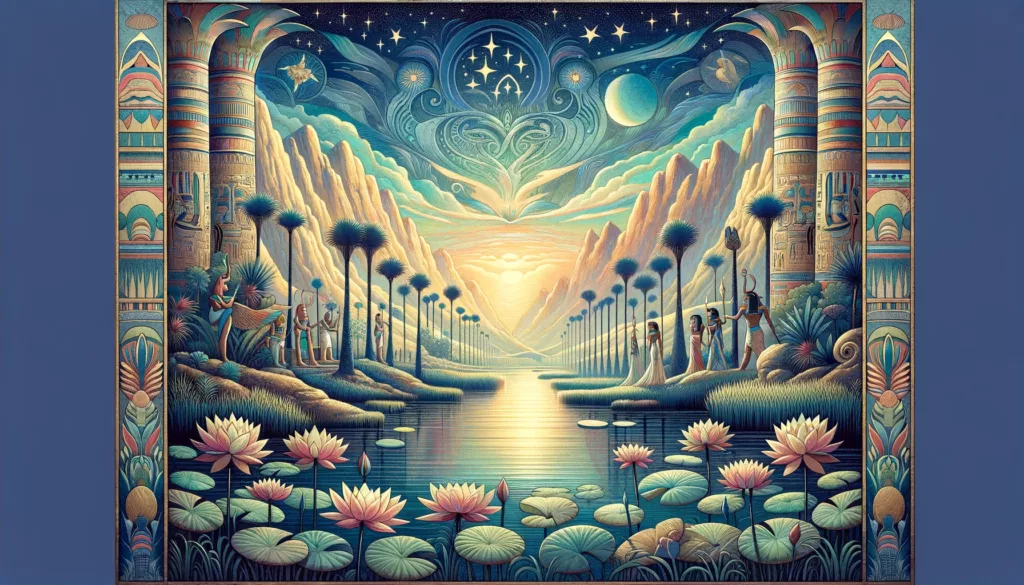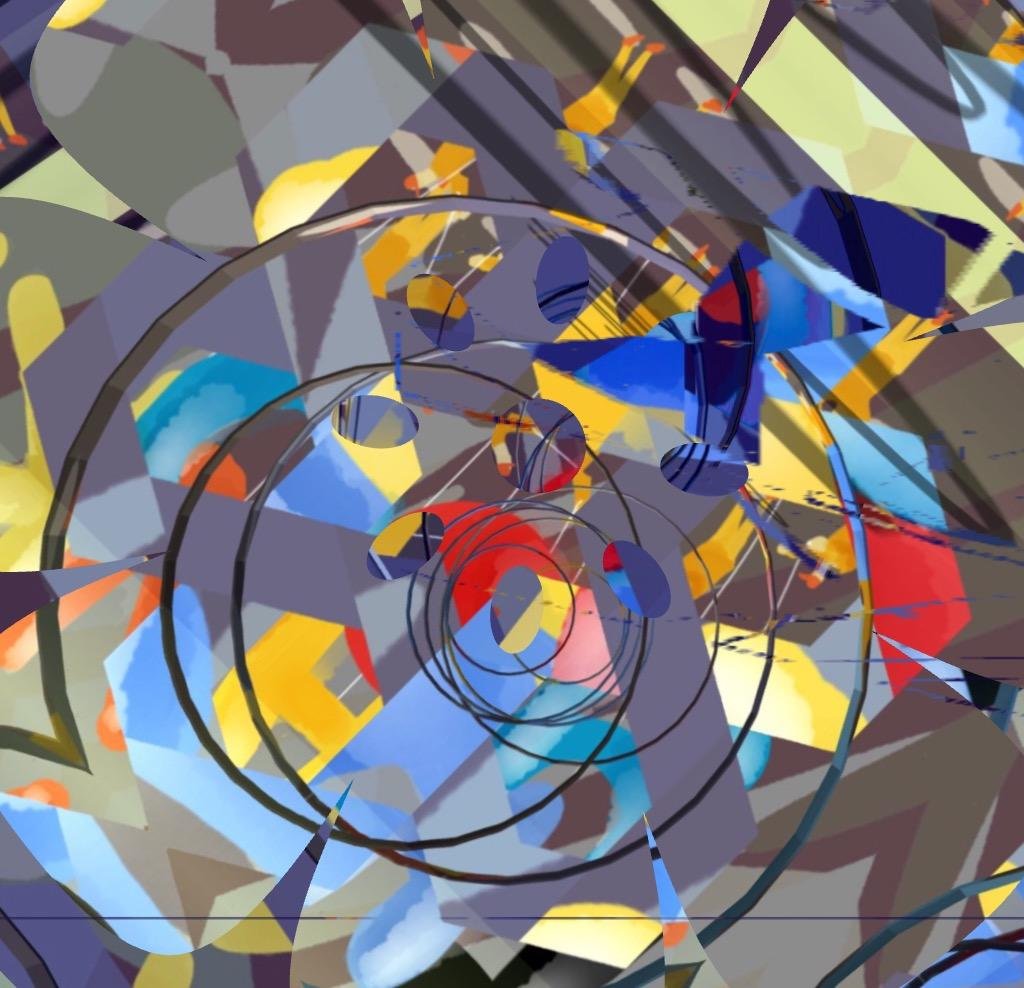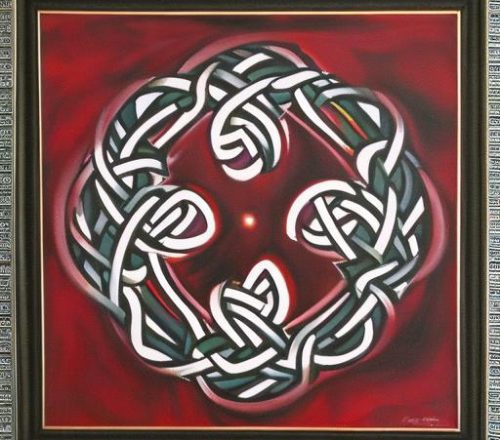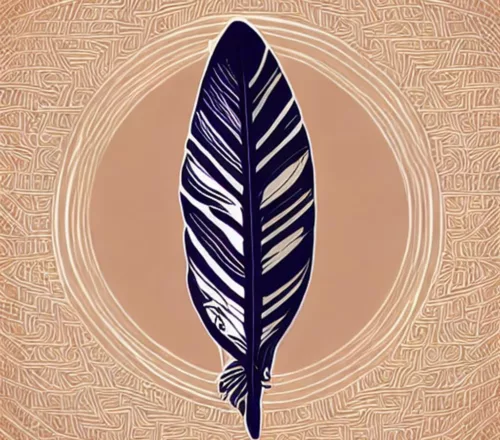
Table of Contents
Feminine archetypes in Ancient Egypt
Ancient Egyptian mythology is rich with feminine archetypes, each embodying unique aspects of womanhood, divinity, and cosmic principles. These archetypes not only played crucial roles in the religious and social life of ancient Egypt but also offered models of behavior and understanding for various aspects of life. Here are some of the prominent feminine archetypes:
- Isis: Often considered the quintessential model of motherhood, magic, and fertility, Isis was revered as the mother of Horus and the devoted wife of Osiris. She represents the loving wife and mother who uses her magical skills to protect her family. Isis’s devotion to her husband, including reassembling his body after his murder and using her magic to conceive Horus, makes her a symbol of enduring love and the power of restoration and resurrection.
- Hathor: Hathor embodies the archetype of the celestial cow, a symbol of nourishment, motherhood, and fertility. She was also associated with music, dance, joy, and love, making her a multifaceted goddess who brought happiness and pleasure to people’s lives. Hathor represents the nurturing aspect of womanhood and the importance of joy and celebration in fostering community and personal connections.
- Ma’at: Ma’at is the embodiment of truth, balance, order, harmony, law, morality, and justice. She is not just a goddess but a concept that was central to Egyptian society’s functioning. Ma’at represents the ideal of living in balance with the universe and the ethical and moral principles that sustain social order and cosmic balance. Her archetype is crucial for understanding the Egyptian worldview, emphasizing the importance of ethical conduct and harmony.
- Sekhmet: Sekhmet represents the warrior archetype, a goddess of war, destruction, and healing. She embodies the dual aspects of a protector and a destroyer. As a lioness goddess, her fierce nature was believed to ward off evil, while her healing aspect was invoked for protection against disease. Sekhmet symbolizes the protective power of the feminine, as well as the life-giving and taking aspects of nature.
- Nut: The sky goddess Nut is the archetype of the cosmos and the mother of the stars. She represents the protective, encompassing element of the sky, who swallows the sun each evening and gives birth to it each morning. Nut symbolizes the eternal cycle of day and night, life and death, and the protective embrace of the mother.
- Nephthys: Often depicted alongside Isis, Nephthys is the archetype of the mourner and the protector of the dead. She represents the supportive sister and friend, standing by her sister Isis through thick and thin. Nephthys’s role in mourning the dead and assisting in their transition to the afterlife highlights the importance of support and compassion in times of loss.
These archetypes showcase the rich tapestry of feminine divinity in ancient Egyptian mythology, emphasizing the multifaceted roles women play in the cosmos, society, and the family. Each goddess, with her unique attributes and stories, contributes to the understanding of ancient Egyptian culture and its values, offering timeless insights into the human experience.
An image
A panoramic view of the Nile riverbank, where the goddesses Isis, Hathor, Ma’at, Sekhmet, Nut, and Nephthys are depicted in their symbolic forms. Isis could be shown with wings spread wide, Hathor with her cow horns and sun disk, Ma’at with the feather of truth, Sekhmet as a lioness, Nut arching over the scene as the sky, and Nephthys in a protective stance. This scene would capture the essence of each goddess within a traditional Egyptian landscape, filled with papyrus reeds, lotus flowers, and the flowing Nile, under a starry sky that Nut embraces.

Here’s an artistic interpretation of an ancient Egyptian scene, designed to evoke the essence of ancient Egyptian mythology. This serene and mystical landscape captures the spirit of reverence and mystery that surrounds the mythology, with elements that reflect traditional Egyptian art styles. Enjoy exploring this visual representation of ancient Egypt’s rich and enduring legacy.
Thank you for reading, shares and comments!
✨ Comment Policy ✨
We welcome thoughtful, kind, and constructive comments that contribute to meaningful conversations.
Please note:
- Promotional links and unsolicited offers will be removed.
- Spam, irrelevant content, or self-promotion without prior permission will not be published.
- We value quality engagement over quantity — thank you for helping us keep this a respectful and inspiring space!
Sources openai Language models, aitrot, picsart and mib
Take time to learn
Invest in your future
Embark on a journey into the realm of affiliate marketing and craft your own website within a vibrant, supportive community. Join me in this adventure, where you can begin as a free starter and stay as long as you desire. Enjoy complimentary hosting and foundational teachings to set you on your path. For those with advanced skills, opportunities to elevate your expertise await. Take a moment to explore and witness the magic for yourself!




